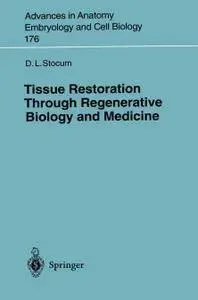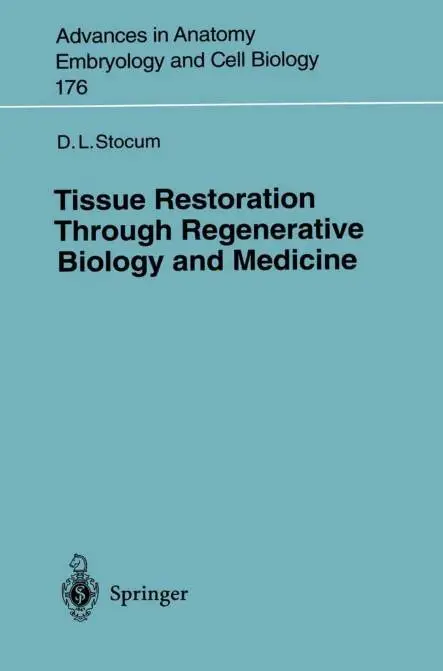Tissue Restoration Through Regenerative Biology and Medicine By David L. Stocum
English | PDF | 2004 | 110 Pages | ISBN : 3540206035 | 13.4 MB
The cost of tissue damage due to degenerative disease and injury is enormous in terms of health care costs, lost economic productivity, diminished quality of life and premature death. Advances in cell, developmental and molecular biology, and the discovery of regeneration-competent cells in many non-regenerating mammalian tissues, have given impetus to systematic investigations that will enable us to regenerate these tissues by cell transplantation or the pharmaceutical induction of regeneration from the body’s own tissues.
A significant avenue of research is the identification of the soluble and insoluble signals and their transduction pathways that govern the proliferation and differentiation of regeneration-competent cells, and the signals that inhibit their activity after injury. The most direct experimental strategy to identify the chemical and physical signals that promote regeneration and the factors that inhibit it is to make genomic and proteomic comparisons, using bioinformatic analyses, of regeneration-competent vs regeneration-deficient tissues. Once identified, the molecular promoters of regeneration can be used in clinical treatments.
How far can we go in our quest for regeneration? We will probably be able to induce the regeneration of some tissues, such as skin or even spinal cord, within a few years. The regeneration of others, such as heart, lung, kidney or appendages, may be more complex and difficult, but we should not view them as impossible. They will just take a little longer.



